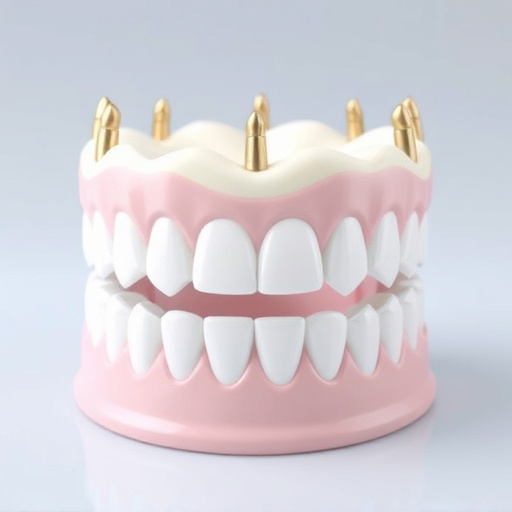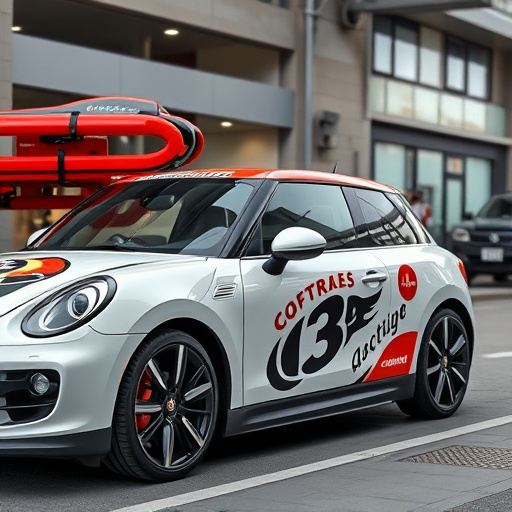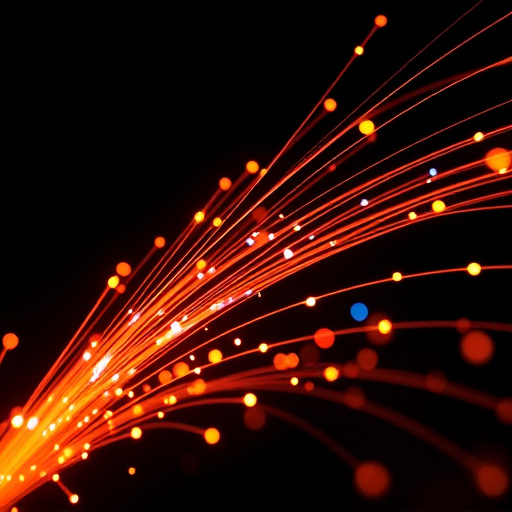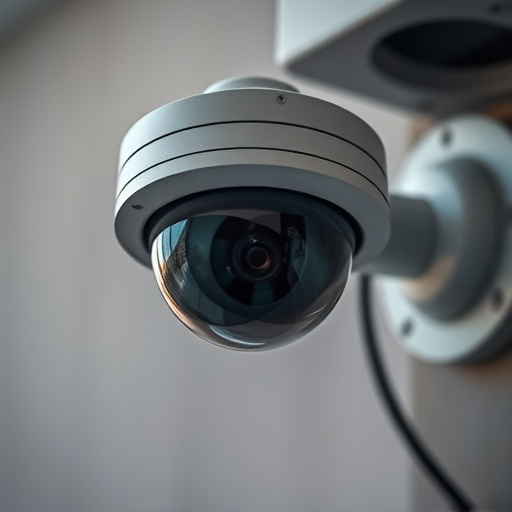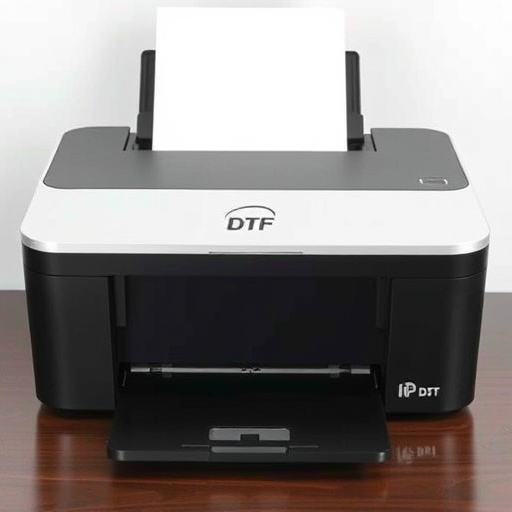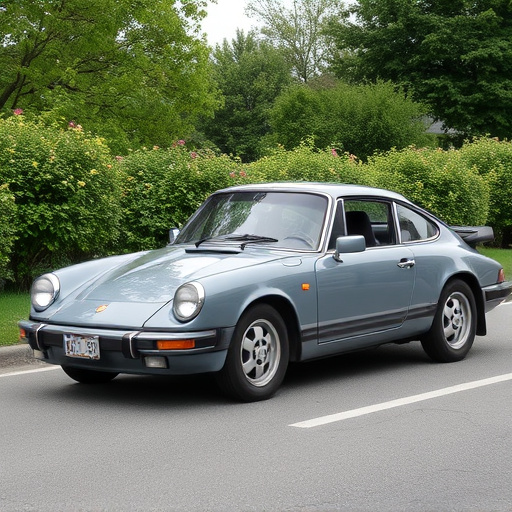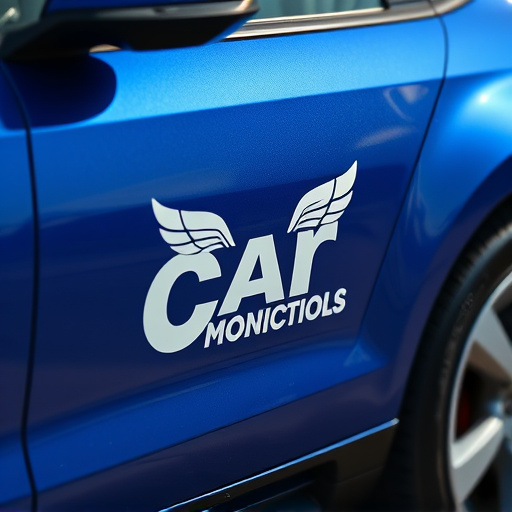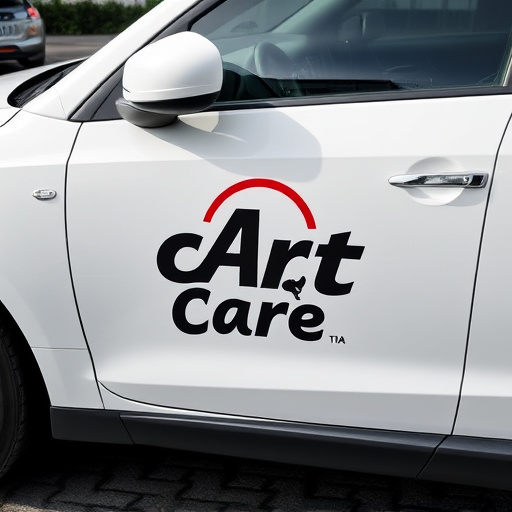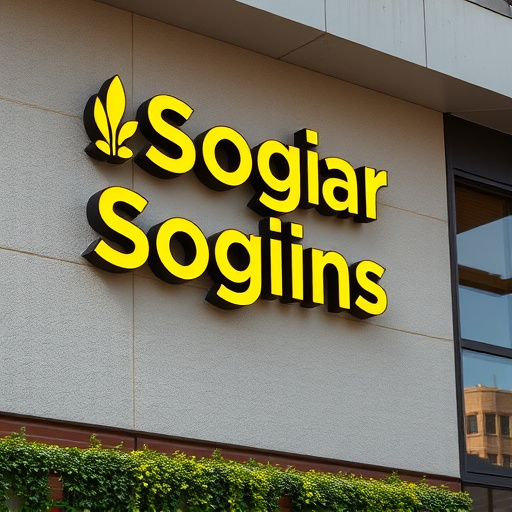Color psychology is a potent tool in visual merchandising, shaping consumer behavior through emotional responses triggered by hues. Warm colors stimulate appetite and encourage quick actions, while cool tones evoke calmness and trust. In storefront design, including custom vehicle wraps, strategic color use enhances brand identity, attracts attention, and influences purchasing decisions. Heat rejection coatings not only protect but also enhance visual appeal, making color psychology crucial for modern storefront graphics that effectively communicate brand values and engage customers.
In the competitive world of retail, storefront graphics play a pivotal role in attracting customers. This article delves into the psychology behind color choices in storefront design, exploring how hues influence consumer behavior and preferences. We’ll uncover the science behind color theory and its effective application in visual merchandising. By understanding these principles, businesses can optimize their storefronts to create visually appealing spaces that drive sales and foster positive brand associations.
- Understanding Color Psychology in Visual Merchandising
- The Impact of Color on Customer Behavior and Preferences
- Effective Use of Storefront Graphics Through Color Theory
Understanding Color Psychology in Visual Merchandising
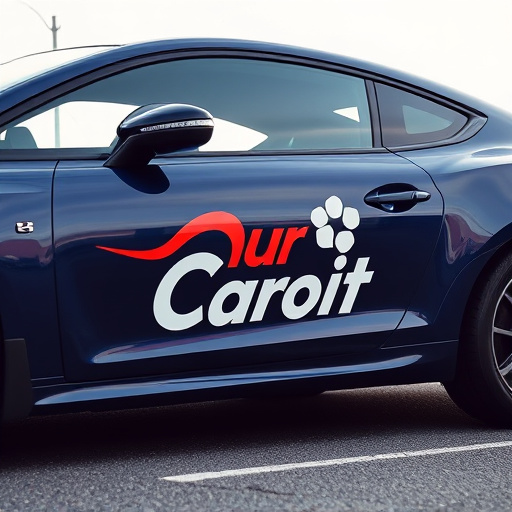
In the realm of visual merchandising, color psychology plays a pivotal role in shaping consumer behavior and preferences. Storefront graphics experts leverage the power of colors to evoke specific emotional responses and guide shoppers’ decisions. For instance, warm hues like red and orange can stimulate appetite and encourage immediate action, making them ideal for promotions or sales displays. On the other hand, cool colors such as blue and green convey calmness and trust, often used in luxury brands to evoke a sense of sophistication and reliability.
Understanding these psychological associations is crucial when designing storefront graphics. Custom vehicle wraps and vinyl wraps, for example, can effectively communicate brand identity and values through strategic color choices. Similarly, heat rejection coatings, with their reflective properties, offer both practical benefits like temperature control and an opportunity to enhance visual appeal, further emphasizing the importance of color psychology in modern storefront design.
The Impact of Color on Customer Behavior and Preferences
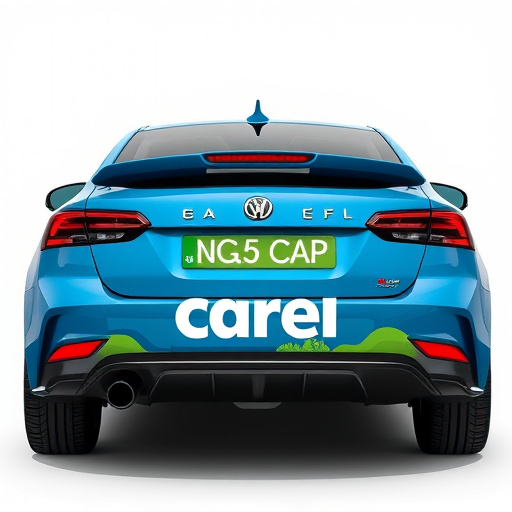
Colors play a significant role in shaping customer behavior and preferences when it comes to storefront graphics. Psychologically, certain hues can evoke specific emotions and trigger subconscious responses. For instance, warm colors like red and orange tend to create a sense of energy and excitement, encouraging immediate action and purchases. On the other hand, cooler tones such as blue and green promote feelings of calmness and trust, making customers more receptive to relaxed browsing and consideration of products or services.
This dynamic relationship between color and consumer psychology is particularly relevant in the context of custom vehicle wraps, where vibrant and eye-catching hues can enhance brand visibility and leave a lasting impression. Similarly, when applied to storefronts, strategic use of colors can attract attention, influence perceptions, and ultimately drive customer engagement. Moreover, protective coatings and UV protection treatments that incorporate specific color combinations can further contribute to the overall aesthetic appeal and durability of graphics, reinforcing the psychological impact on both customers and their purchasing decisions.
Effective Use of Storefront Graphics Through Color Theory
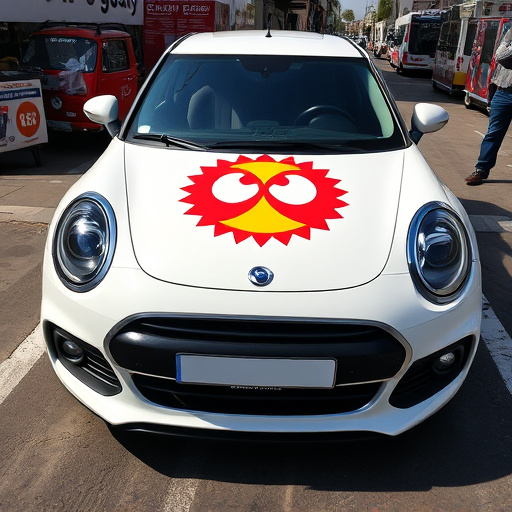
The psychology behind color choices in storefront graphics plays a pivotal role in attracting and retaining customer attention. Color theory, with its principles of contrast, complementary colors, and psychological associations, guides designers to create visually appealing and effective signage. For instance, vibrant hues like red and orange evoke urgency and excitement, making them ideal for sales or promotions. On the other hand, soothing blues and greens suggest trust and tranquility, often used in healthcare or environmental brands.
In the context of automotive detailing and scratch protection, storefront graphics that showcase the transformation from damaged to restored vehicles through vibrant before-and-after contrasts can capture the attention of potential customers. High-quality finishes and meticulous detail work showcased via precise color application and nuanced shading reinforce the brand’s expertise. This strategic use of color not only enhances aesthetics but also communicates quality, durability, and the transformative power of their services.
In conclusion, leveraging color psychology in storefront graphics is a powerful strategy for visual merchandising. By understanding how colors influence customer behavior and preferences, businesses can create engaging and effective marketing displays. Applying color theory principles allows for the thoughtful selection of hues that evoke desired emotions and drive purchasing decisions. Ultimately, optimizing storefront graphics with scientific color choices enhances the overall shopping experience, making it crucial for retailers to incorporate these insights into their visual strategies.
